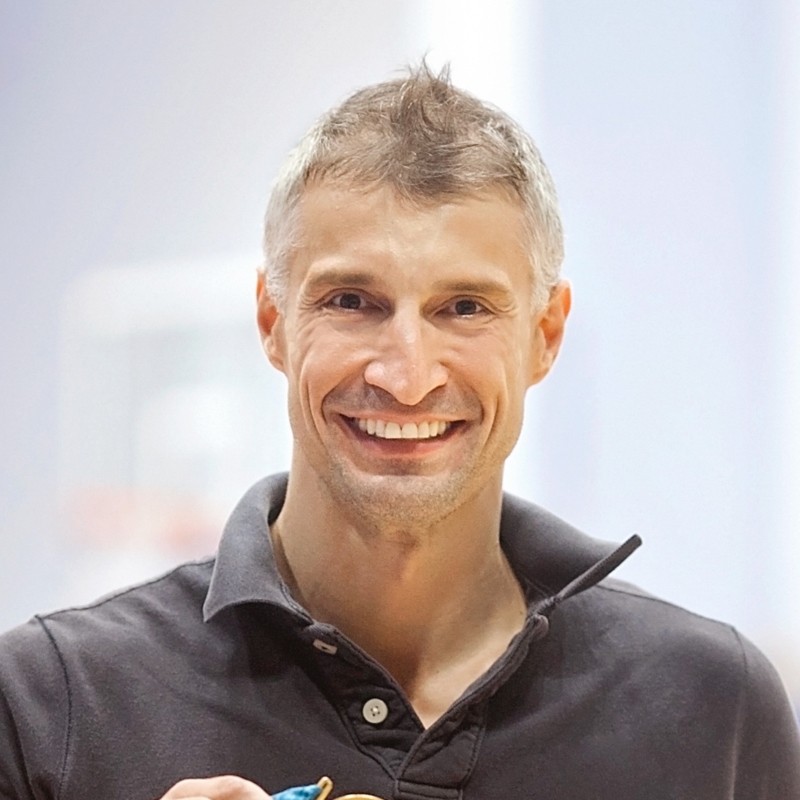
In the journey of a young athlete, pivotal choices shape their future. Ivan Miljkovic reflects on his own path, from exploring various sports to finding balance between athletics and education. As the challenge of retaining young volleyball talent looms, Miljkovic explores the factors influencing these decisions and offers guidance for parents facing similar dilemmas. From personal experiences to societal pressures, he delves into the intricate balance between sports and education, emphasizing the importance of open communication and understanding in guiding young athletes toward their passions while securing their long-term stability.
“The journey of a young athlete is paved with choices that shape their future. As parents, mentors, and members of the sports community, we play a pivotal role in guiding them through this critical juncture.
In volleyball, the challenge of retaining young talent at ages 15-16 looms large. What factors influence this decision? How can NFs and other stakeholders ensure that our budding athletes stay committed to their passion while also securing their long-term stability?
Reflecting on my journey, I understand the weight of these decisions. I didn’t start with volleyball; I explored swimming, tennis, and handball before finding my stride. It was my family that supported my transition to a larger club at 16, balancing sports and education seamlessly. Today’s parents face a similar crossroads. Should their children pursue their sporting dreams or prioritize education? It’s a dilemma I, soon, will confront with my own kids.
Sport offers unparalleled experiences – travel, cultural immersion, and the thrill of competition. Yet, it also carries its share of uncertainties, from injuries to dashed dreams. Education, on the other hand, promises stability but often demands patience and commitment.
So, how do we advise our young athletes? For parents, past experiences often shape their counsel. Former athletes may champion sports dreams, while others advocate for a more balanced approach. Cultural and societal norms further influence these decisions, with some nations venerating athletes as gods and others prioritizing sports as a tool for social integration and health promotion.
Yet, beyond personal experiences and societal pressures, lies the essence of sport itself. When athletes embody values, inspire others, and envision a path to professional success, parental support naturally follows. However, when financial uncertainties loom large, the scales may tip towards education.
Here’s the reality: without a solid foundation of young athletes, the sports industry faces a scarcity of talent at the professional level. This shortage not only impacts teams seeking skilled players but also undermines national federations’ abilities to cultivate top-tier competitors and compete on the global stage. As a result, the overall value of the sport diminishes, creating a cycle that perpetuates the struggle to attract and retain young talent.
So, as parents, how do we navigate this intricate balance? It starts with open communication and understanding our children’s aspirations, strengths, and interests. Encourage them to pursue their passions wholeheartedly, whether it’s on the field, in the classroom, or both. Emphasize the value of education as a cornerstone of their future while fostering a love for sports that goes beyond competition. Be there for them to make the right decision together.”